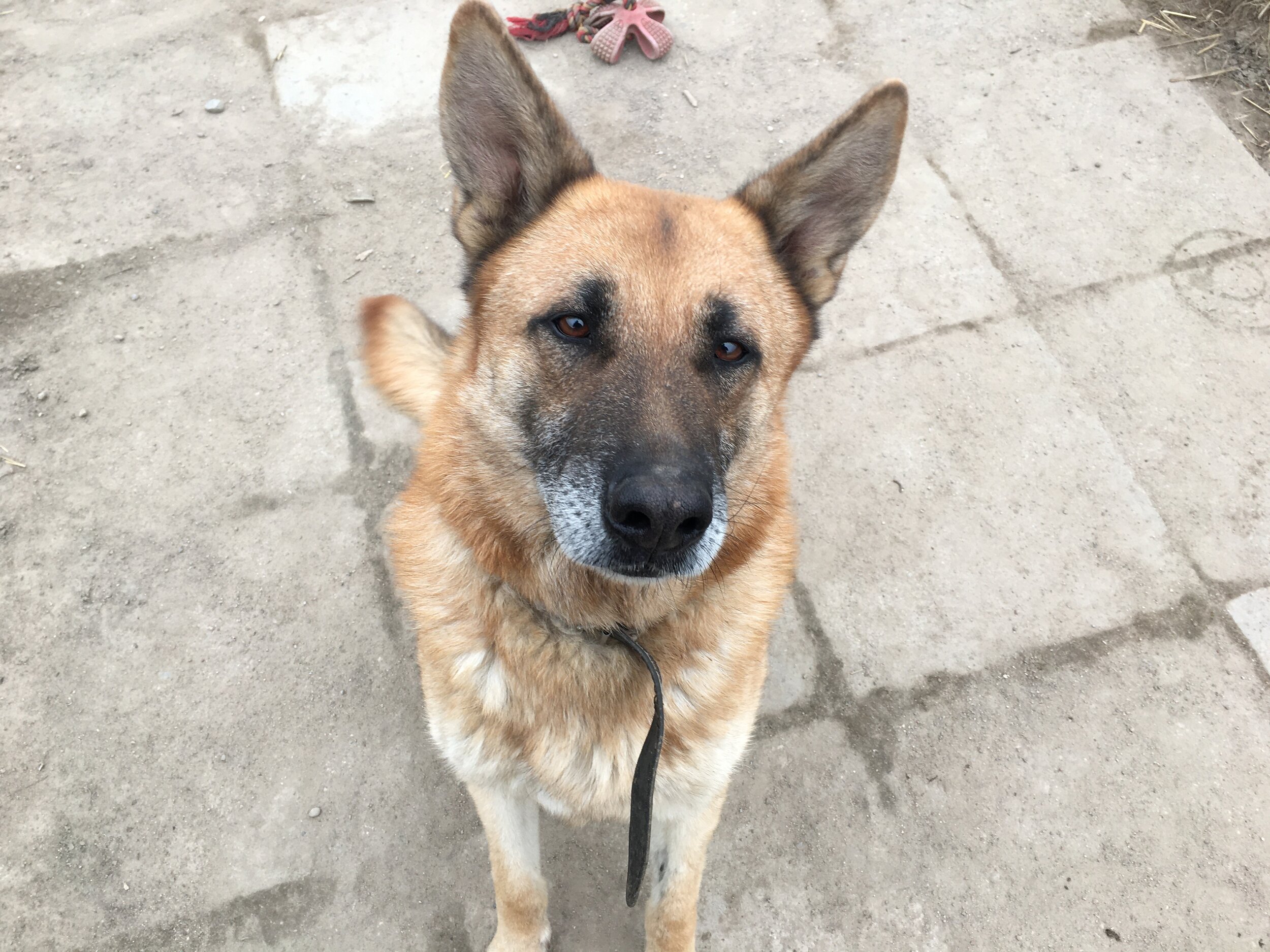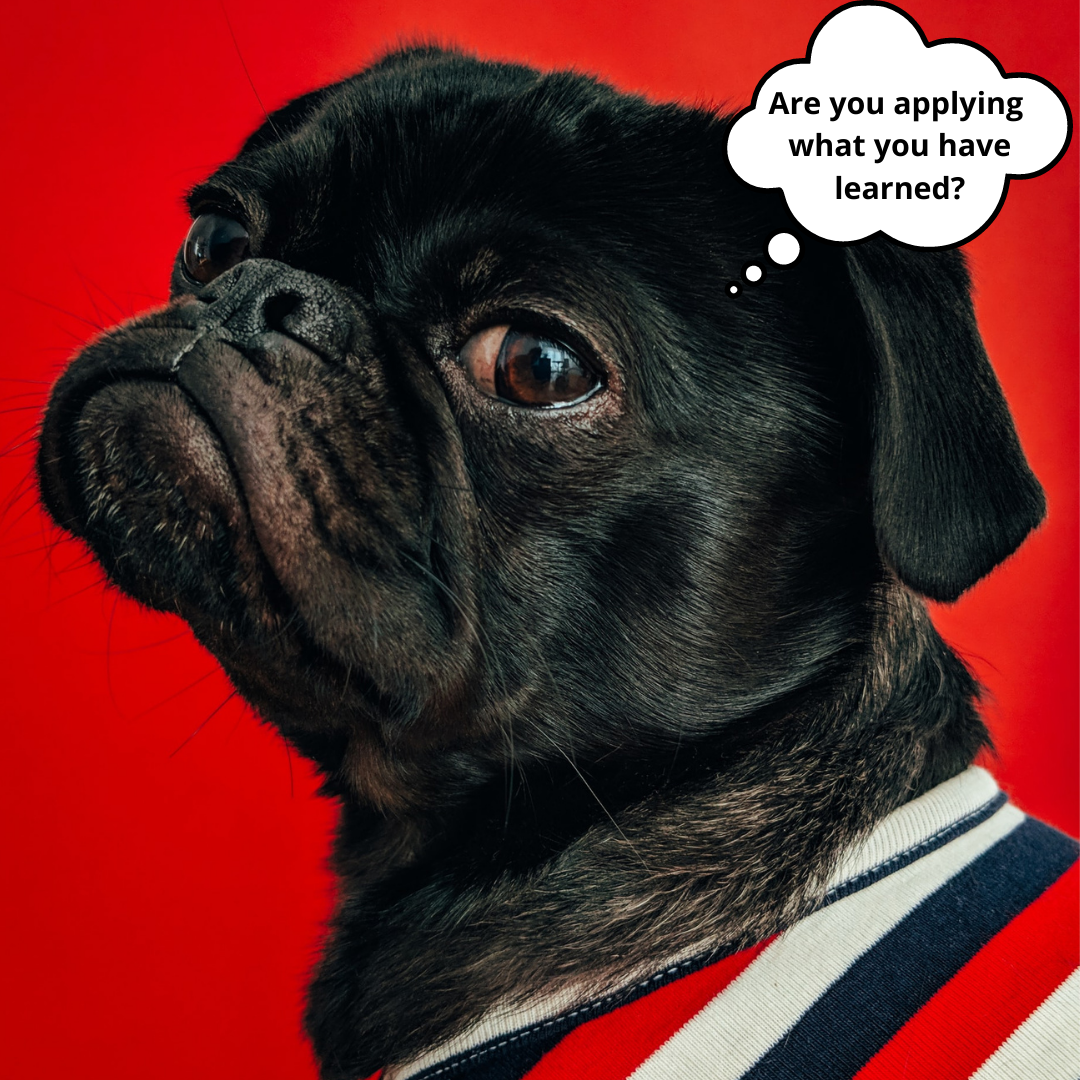What is muzzle training and how to do it?
In the video, I worked with Odie - dog on muzzle training. I wanted to make the muzzle a positive experience. In this session, I focused on teaching him to go into the muzzle on his own as well as providing a high rate of reinforcement for staying in the muzzle. The high rate of reinforcement helps to create positive associations with the muzzle, builds duration and makes it more likely he would like to go in again.
As I wanted him to choose to go in, I "reset" him a lot. It's about reinforcement placement. I tossed the treat behind him so he needed to walk a distance to get it and that gave him an opportunity to come back and try again.
Image by kaylafratt from Pixabay
It's just the first stage of the muzzle training, it's nowhere near being finished. I want the dog to not just come into the muzzle but stay there calmly when we put it on with the straps. Finally, I want him to wear it with no sign of discomfort. Have you ever seen a dog wearing a muzzle who constantly paws it or rubs his head on his owner to try to take it off? I know that I did and that was my husky when we were taking him to the vet. I had no idea back then that I can train it and change the associations he had with the muzzle. It would make it so much easier for us and for him! Training can take away the feeling of discomfort and makes it much easier for you to walk with the dog (trust me, it's no fun to be hit by the muzzle while your dog tries to take it off using your leg - it hurts!)
Why am I making such small increments at the beginning?
Taking it slowly and making it a fun experience prevents any negative associations from forming. I'm looking at his body language and posture. For me, even the smallest signs like moving away, the tension in the muscles or lip licking would already be a sign of discomfort that I want to avoid. I’m looking for a relaxed posture during the whole process. It's not about the end goal but about the journey. He seems to enjoy the session and that's much more important than trying to put it on and face a threat that he will start to create a negative association like "it was uncomfortable, I wanted it to be taken off and I couldn't". That could make the process much longer in the end. Taking things one small increment at a time and building success upon success not only creates the behaviour that we want but also deepens the bond you have with the dog you work with. When the session is fun, he will be looking forward to another session.
Why would we even do muzzle training?
There are people who think that muzzle is for aggressive dogs and if you are working on it then it must mean that the dog is aggressive. It's an unfortunate misconception. The muzzle can be used for many things and it doesn't have to have anything to do with this dogs bite history. Dogs bite not because "they are aggressive" but because there was a change in the environment that was missed. The aggression that you see (biting) is not something inside of him but is an outcome of the environment and situation.
Photo by Annie Spratt on Unsplash
One big change that can happen to any dog is pain. If the dog has a painful condition, he can bite people who are trying to help him. Would you then deem this dog "aggressive"? I know that I wouldn't. Training a muzzle so you can later use it at vets when your dog feels poorly is a very considerate thing to do. It's not fair for the vet to take this risk but it's also unfair for your dog! Dogs that are being labelled "aggressive" are treated in a different way and people lose trust in them. You can save yourself from that problem by teaching a game with a muzzle.
Another important consideration is when you have a dog who displays lunging and barking at other dogs (or people). It's great to have muzzle trained for that dog as a precaution and then work on his associations with other dogs with the help of a professional behaviourist/dog trainer. Muzzle would work as a safety tool, not as an end goal. Through the work with a professional, you can build a different repertoire of behaviour to the point that you will no longer need this safety tool but at the beginning, it can be a very wise thing to use.
Summary
Muzzle training can be a great game to play with your dog and it can become a party trick for your guests. It has nothing to do with your dog being "aggressive" but it can be useful for certain situations like painful vet visits. Your dog can learn to love wearing the muzzle if you give it a try. Treat it as an exercise that is about the journey, not the destination and enjoy the process.

















